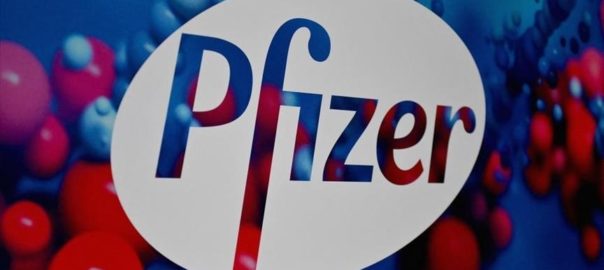It’s impossible to build on the journey to success without learning from other companies and their leaders. For mergers and acquisitions, learning from the experiences of others will be especially helpful for start-ups, who can learn useful lessons from such encounters. Here are some examples of the largest mergers in the history of acquisitions that will be useful for companies of all backgrounds and scales of activity.
The greatest mergers of modern business: what big companies merged
Examining examples of mergers between companies can be useful in many relationships. Such stories can inspire further development, or they can tell you the mistakes you should avoid when preparing for mergers and acquisitions. Here are some of the brightest examples in today’s business world:
- Royal Dutch Petroleum & Shell. Once upon a time, these companies were one, but then decided to split up and go their separate ways. But a hundred years after the separation, the management of both companies came to the conclusion that in order to maintain their position in the market it was necessary to unite their efforts again. This decision can be called a success, as the companies were able to increase their assets, reorganize their ultrastructure management model and strengthen their influence in the European market.
- Verizon and Vodafone. One of the participants in this transaction, Vodafone, is considered one of the best players in today’s market, having implemented many successful mergers and acquisitions. As a result of this particular deal, both companies were able to overcome their misunderstandings and take control of the wireless market. As a result of a well-thought-out merger strategy, its participants not only increased profits but also solved their financial problems, which had hindered further development.
- Pfizer and Warner Lambert. This merger example can be called “consolation for the defeated” because one of the participants in this deal – Pfizer – at the time of the transaction owned large assets and funds. As a result of not being very successful Warner Lambert litigation over the termination of the license agreement Pfizer practically absorbed its opponent, which managed to keep the memory of itself as a small structural unit of the pharmaceutical giant.
- AOL and Time Warner. This deal can rightly be called a striking example of a large but unsuccessful merger. The two companies were giants of the media space who decided to join forces for greater market control. As a result of an ill-conceived merger strategy and improper preparation, this merger caused more losses than benefits.
- Facebook & WhatsApp. In the world of mergers and acquisitions, this example can be called not very big, because its value was only 22 million U.S. dollars. This is a good example of a merger between two successful companies that we’re able to correctly assess market trends and the requirements of their customers. As a result, both parties to the deal not only maintained their place in the market but also strengthened it through new users and increased profits.
- Salesforce and Slack. Another successful example of a small modern-day merger. Given that the deal only took place in 2021, analysts have not yet been able to assess the real consequences of such a merger. However, in the long run, it will bring a nice increase in assets and an increase in the estimated value of the new company.
These successful and not-so-successful examples of mergers between companies clearly demonstrate that, with proper planning and execution of the deal, both parties can benefit, regardless of the assets invested in the transaction process.

